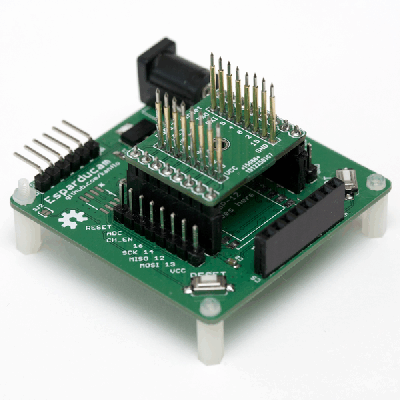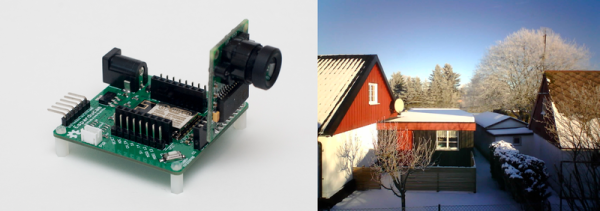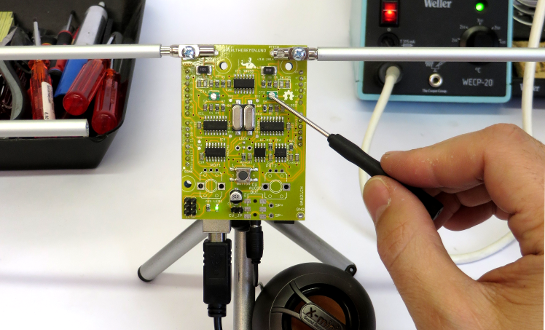[Johan Kanflo] built a sweet little ESP8266-based wireless camera. It’s a beautiful little setup, and that it’s all open and comes with working demo code is gravy on the cake! Or icing on the potatoes. Or something.
[Johan]’s setup pairs an ESP8266-12 module with an Arducam, which looks like essentially an SPI breakout board for the ubiquitous small CMOS image sensors. The board naturally has a power supply and headers for programming the ESP module as well as connectors galore. Flash in some camera code, and you’ve got a custom WiFi webcam. Pretty slick.
 But since [Johan] designed the ESP-8266 board with standard female headers connecting to the ESP, it could also be used as a general-purpose ESP dev board. [Johan] built a few daughterboards to go along with it, including a bed-of-nails ESP8266 tester (since you can never tell when you’re going to get a dud ESP unit) and WiFi-to-RFM69 radio bridge. That’s two awesome applications for a tidy little system, and a reminder to design for extensibility when you’re laying out your own projects.
But since [Johan] designed the ESP-8266 board with standard female headers connecting to the ESP, it could also be used as a general-purpose ESP dev board. [Johan] built a few daughterboards to go along with it, including a bed-of-nails ESP8266 tester (since you can never tell when you’re going to get a dud ESP unit) and WiFi-to-RFM69 radio bridge. That’s two awesome applications for a tidy little system, and a reminder to design for extensibility when you’re laying out your own projects.
We’ve previously covered [Johan]’s Skygrazer project, which tracks planes as they fly overhead and displays them on a gutted old Mac. Is it any surprise, then, that he’s also created an ADS-B-controlled moodlight? This guy is on fire!


















